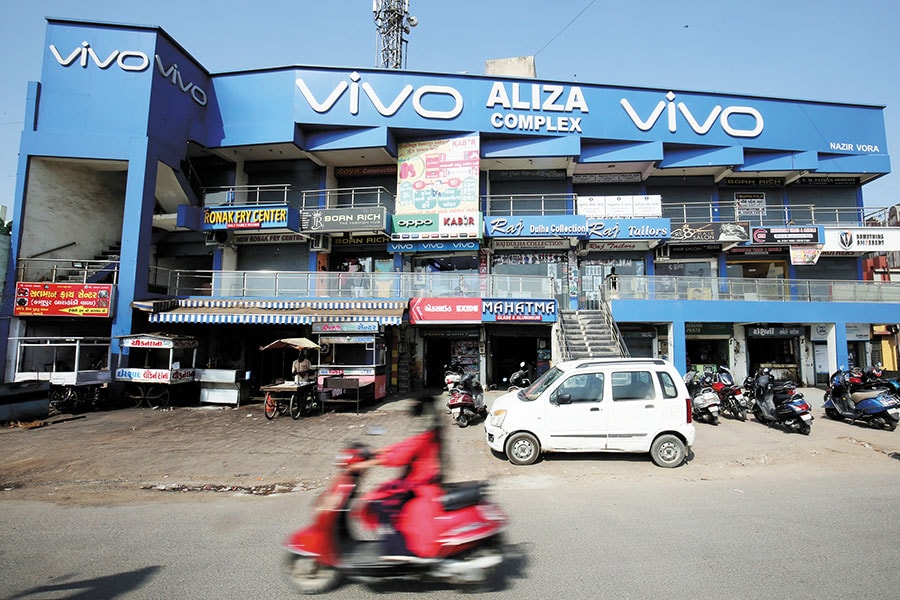How Vivo toppled Samsung, became India's No. 2 smartphone brand
Vivo now has 18.8 percent market share, a jump of 96.5 percent over the same quarter in 2018. Samsung, during the same period, slipped to third spot with a 15.5 percent share


 Image: Amit Dave / Reuters[br]Chinese smartphone maker Vivo was languishing with just 6 percent market share in the October-December quarter of FY17. Topping the chart was its compatriot Xiaomi (25 percent) followed by South Korean Samsung (23 percent).
Image: Amit Dave / Reuters[br]Chinese smartphone maker Vivo was languishing with just 6 percent market share in the October-December quarter of FY17. Topping the chart was its compatriot Xiaomi (25 percent) followed by South Korean Samsung (23 percent).
Nipun Marya, director (brand strategy) at Vivo India, attributes the success to a combination of factors: Strong product portfolio across price segments, extensive distribution network, reliable after-sales service and substantial marketing inputs. “Over the years, our focus has been on building strong fundamentals to become a successful brand in the Indian smartphone market,” he says. “We have worked towards creating a superior end-to-end experience for our customers.”
IDC India analysts say Vivo is also leading in offline channels, ahead of Samsung, on the back of multiple price drops across major models in the last quarter. Its commitment to the offline channel has paid off, says Navkendar Singh, research director (devices and ecosystem), India and South Asia, IDC.
Apart from the focus on online sales, Vivo was among the first brands to bring new features in their phones with pop-up cameras, dual selfie cameras and at mid-range price points. “This ensures relevance of the brand for the retailer and freshness for the consumers,” adds Singh.
First Published: Feb 25, 2020, 09:20
Subscribe Now